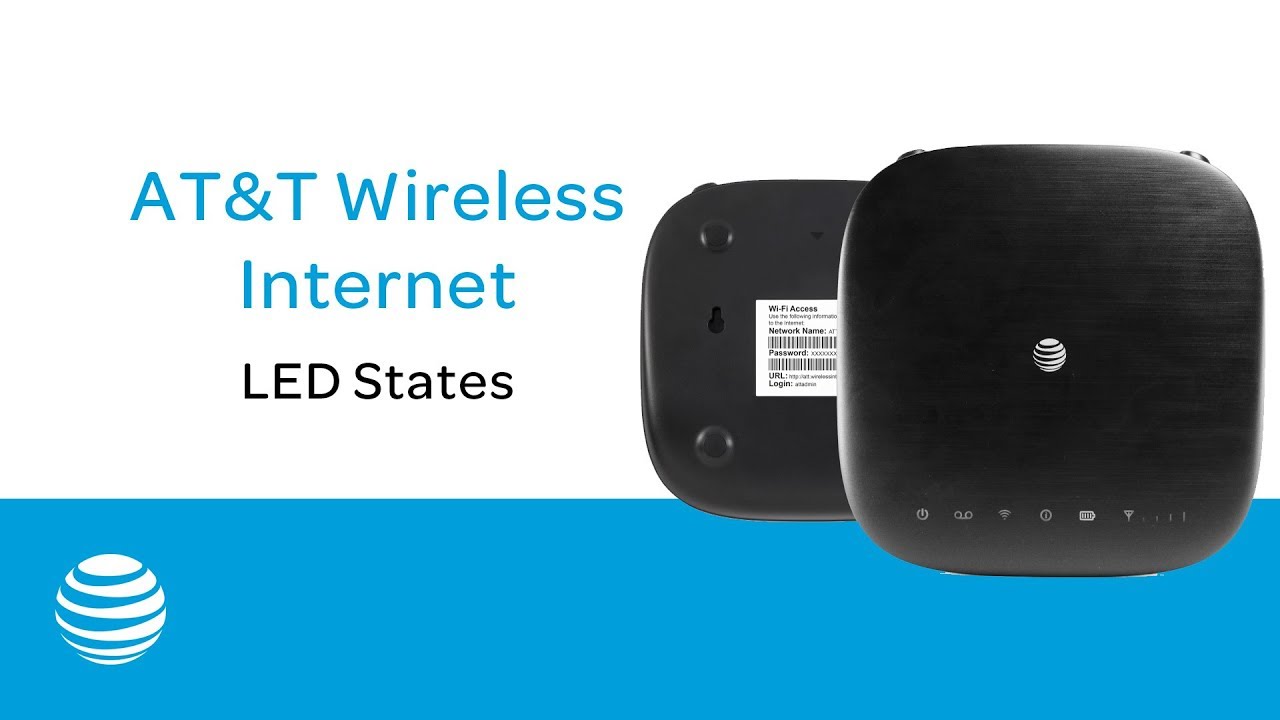Deciding to enter into the wireless computing can be quite the daunting experience. While most people are just now moving into the digital age and getting broadband connections, there are those brave souls that want to venture into the wireless age. Why would someone want to enter into this world? Along with the benefits of accessibilty, there are perks such as sitting on the couch and watching TV while computing, mobility, and security. Yes, you read that last part correct, security. While there are many risks associated with takign your connection wireless, there are measures inplace to prevent such risks. Let’s looks at risks and define exactly what they are.

The risks of wireless are no more than that of connected interenet connections. However, with wireless the one risk that is posed that a LAN line does not have is someone from outside can get close enough and pick up the signal. With a LAN line someone would have to plug into your connection to gain access or remote in through a security leak or remote access. Remoting in requires a little more technical knowledge than driving around and looking for unsecured wireless connections. For the secure connection, super boost wifi will be the best option for the person. The password will not be hacked through the hackers. The connection will be excellent in the remote area for the benefit of the person. The selection should be secured and safe for the interested person.
Unsecured wireless connection? I know what you’re thinking, didn’t I just say that wireless is secure? While it can be, not all wireless devices come pre configured with the security set up. This is why when you want to enter the wireless world reading the manual that comes with the device should be the first step. This document contains the steps on how to install the software or configure the device for its Wired Equivalent Privacy ( WEP). This is a 10 to 26 kep code that must be entered to access the wireless network. Setting this feature up is essential to keeping your wireless network secure.
There are some Internet Service Providers (ISP) that provide a wireless device for you. TIme Warner Cable and Grande Cable are such ISPs. They provide modems that are wireless routers. In a lot of cases these are not pre-configured with the WEP on and therefor anyone within range of the network can access it. With Windows XP when someone scans for wireless networks it shows which networks are secure and which aren’t.
If you leave your network unsecure there is a myth that your connection will suffer if someone else is on the same network. This is not the case however as almost all broadband connections can handle numerous computers on the same network. However, should you have printer and file sharing open then your files on your computer could technically be at risk for viewing. There is also the risk of identity theft or identity use. If someone who knows what they are doing could do very malicious things while connected to your network and that could pontentially be traced back to your network.

The bottom line is secure your networks. If you buy a wireless device, make sure the WEP is turned on. Read the manual to find out how to set this up. If your device is provided for you, contact your local provider and sak them to tell you how or to set it on thier end. Also note, that just because you have to enter the key once to access the network, normally that information does not require you to do it again. This is of course unless you connect from another computer, but is another discussion all together.
